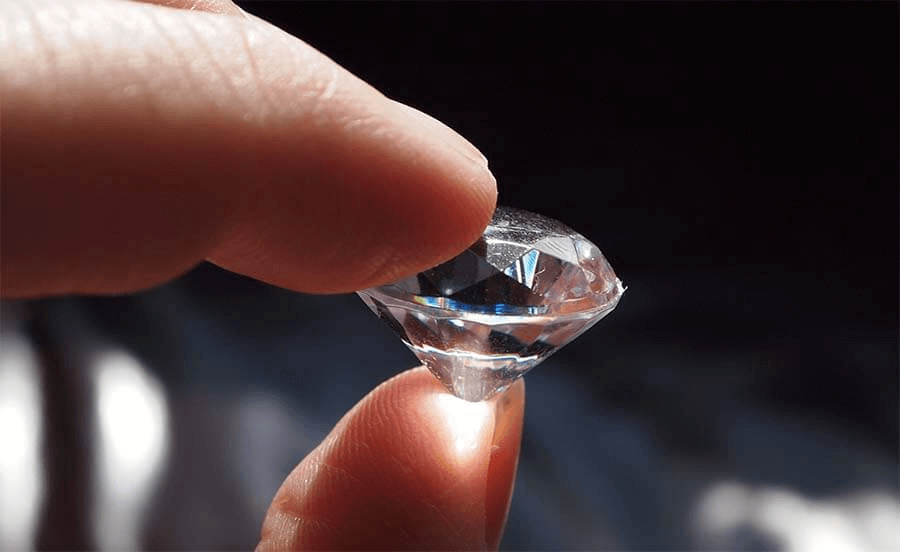
Precision cutting is the name of the game in construction, tiling, or any trade that involves slicing through tough materials. But if your results are starting to look a little off, or your tools are giving you grief, it might not be your technique that is the problem.
Somewhere in your setup, there is a mismatch. More often than not, the culprit is the diamond cutting blade you are using. While it might look the part, if it’s not suited to the job, it is going to make itself known in some frustrating and costly ways.
Chipping or Fractured Edges on Your Material
There is nothing worse than running a clean line across a tile only to find tiny chips flaking off the edges. If you are seeing fractures or rough finishes, especially on delicate materials like porcelain or ceramic, your blade may be too aggressive for the task.
Smooth, continuous rim blades are often the better choice for finer finishes on brittle materials. If you are using something segmented or designed for hard stone, the edge quality will take a hit. A diamond cutting blade built for precision will glide cleanly, leaving your material intact and your finish professional in all projects.
Excessive Vibration or Unstable Cutting
A good cut should feel steady. But if the tool feels like it is rattling in your hands, that’s your first clue that something is off. Excessive vibration usually means your blade and machine are not synced.
Vibration doesn’t just affect cut accuracy but also wears out your gear faster and is plain exhausting to work with. Even worse, it can introduce cracks in both the blade and the material. Double-check the specs before you mount the blade, and don’t assume “close enough” is good enough.
Slower Cutting Speeds and Reduced Efficiency
If your blade used to zip through concrete but now feels like it is wading through mud, it might not be the blade wearing out, it could be the wrong one entirely. Blades come with different bond hardness, designed to match the material being cut.
Harder materials need softer bonds so new diamond edges can constantly be exposed. Softer materials, on the other hand, call for harder bonds to hold the diamonds longer. Using the wrong bond means more effort, more heat, and slower cuts. You shouldn’t be forcing your tool through the material.
Excessive Heat Build-Up and Discolouration
If you spot blue, brown, or black streaks on the blade’s core, your blade’s getting too hot. That level of heat buildup often comes from excessive friction, usually because the blade is not suited for the job or it’s being used dry when it is meant for wet cutting.
When a blade overheats, its performance plummets and safety risks spike. Wet cutting blades rely on a steady water flow to cool the cutting area and flush out debris. Running them dry doesn’t just ruin the blade but puts you and your machine at risk.
Choosing the Right Blade
Cutting corners with the wrong blade only leads to more problems down the line. You risk damaging your tools, chewing through materials, and wasting time on rework. A blade that has been properly matched to the job does not just cut cleaner and faster but also keeps your setup running smoothly and safely.
If you are unsure, talk to someone who knows their blades. Be it slicing concrete, trimming tiles, or tackling natural stone, there is a blade that’s been made for it.
Final Thought
Your gear always gives you clues. Chips, heat marks, and weird sounds are all signs that something could be wrong. Swapping out the wrong blade for the right one can mean the difference between a rough finish and a job you are proud of.
And in the long run, it is a whole lot cheaper than replacing damaged materials or worn-out tools. Lastly, always source your blades from a reputable supplier.
Natalie Chen
Related posts
Stay connected
- How LoveOn Chat Is Becoming the Most Versatile AI Companion for Digital UsersThe internet keeps shifting toward hyper-personal interaction, and AI companions are at the center of this shift. What used to be simple chatbots are now evolving into emotionally aware, adaptive, and multi-functional digital partners. Among the new generation of platforms, LoveOn Chat is becoming one... The post How LoveOn Chat Is Becoming the Most Versatile […]
